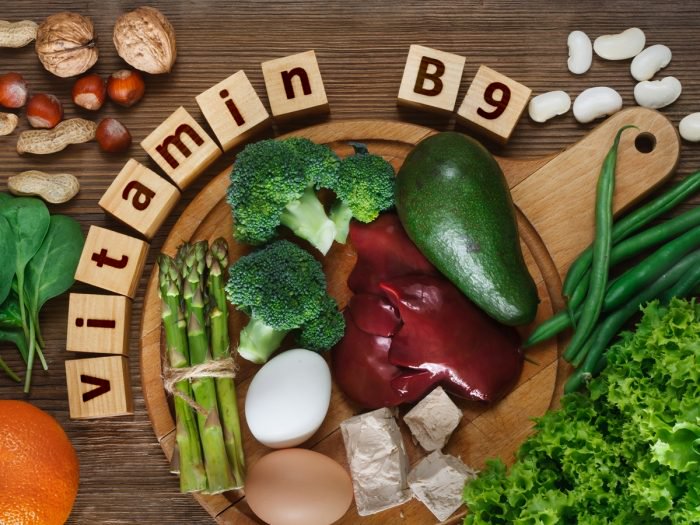
Vegan or paleo? Gluten-free or whole grain? Whole food or fat-free? There are many factors to consider when eating healthy. Each of the following approaches comes with specific health benefits and characteristics that could adapt better to your eating habits.
1. Whole Food
Eating food in its whole form with minimal processing, avoiding processed foods, sugars, fast foods, and fried food, following simple guidelines:
- 1/2 plate vegetables and fruits.
- 1/4 plate whole grains.
- 1/4 plate proteins (plant or animal).
- Use healthy natural oils in moderation.
- Drink lots of water.
- Exercise daily.
2. Gluten Free
Recommended for those who are gluten intolerant or suffer from celiac disease. They should avoid the following grains, or foods containing ingredients that come from these: Wheat, Spelt, Barley, Rye, Farro, Kamut.
Eating less gluten can be beneficial for reasons such as decreasing inflammation, healing leaky gut, and reducing migraines. Though, eating gluten free does not guarantee good health. Gluten-free products might include substitutions that are often processed and high in sugar, GMOs, or preservatives.
3. Paleo
Simple: if the pre-agricultural, hunter-gatherer ancestors did not eat it, then neither should you. Therefore, paleo eaters avoid: Processed sugar, Grains, Legumes, Dairy.
The paleo eating style is based on: Vegetables, Fruits, Unprocessed meats, Fish, Poultry, Eggs, Nuts, Seeds.
Studies have found that the paleo diet can have a positive impact on glucose intolerance, weight loss, and cardiovascular health. The paleo diet is an anti-inflammatory, pure, and clean option.
4. Ketogenic
Extremely low in carbs and high in protein and fat. The aim is to force the body into a ketogenic state—burning fat for energy instead of the usual glucose and glucose-rich carbohydrates. Some studies have shown that this eating style has various health benefits like: managing childhood epilepsy, decreasing the growth of malignant brain tumors, decreasing cardiovascular disease, regulating cholesterol levels, blood glucose levels, and weight loss.
5. Low FODMAP
With digestive issues on the rise, the low FODMAP (fermentable oligosaccharides, disaccharides, monosaccharides, and polyols) diet addresses people having trouble digesting short-chain carbohydrates. The result is less gas, bloating, and stomach pain, and a healing option for many who struggle with irritable bowel syndrome.
Foods to avoid: Grains, Dairy, Garlic, Onion, Certain high-fructose fruits (apples, apricots, cherries, watermelon, pears, plums, and figs), Legumes, Certain vegetables (Brussels sprouts, broccoli, cabbage, cauliflower, and Jerusalem artichokes).
6. Plant-Based
“Eat food, mostly plants.” It includes a wide range of plant-based foods—vegetables, fruits, nuts, seeds, and legumes—and can includes small/flexible amount of animal protein. Needless to say that processed plant based foods are a definitely Don’t.
7. Vegan
A diet and lifestyle that excludes all forms of animal products, including all dairy, honey, and eggs. Health benefits include weight loss, lowering blood pressure, and decreasing the rate of cardiovascular disease.
However, when eating vegan, it is important to stay away from processed, nutrient-weak foods that lack proteins and fats, and instead choose whole-food proteins (in the form of nuts, seeds, and legumes) and naturally fat-rich foods that provide a stronger base for nutrition like omega-3 fatty acids, vitamin B12, zinc, iodine, calcium, and iron.
Finding an eating style that works for you can take a little patience, education, and mind-body awareness. In general, when filling your plate with nutrient-dense whole foods, you can be confident that you are getting a high-quality nutritious diet.
Click here for more great info! BeWellnessNow


















